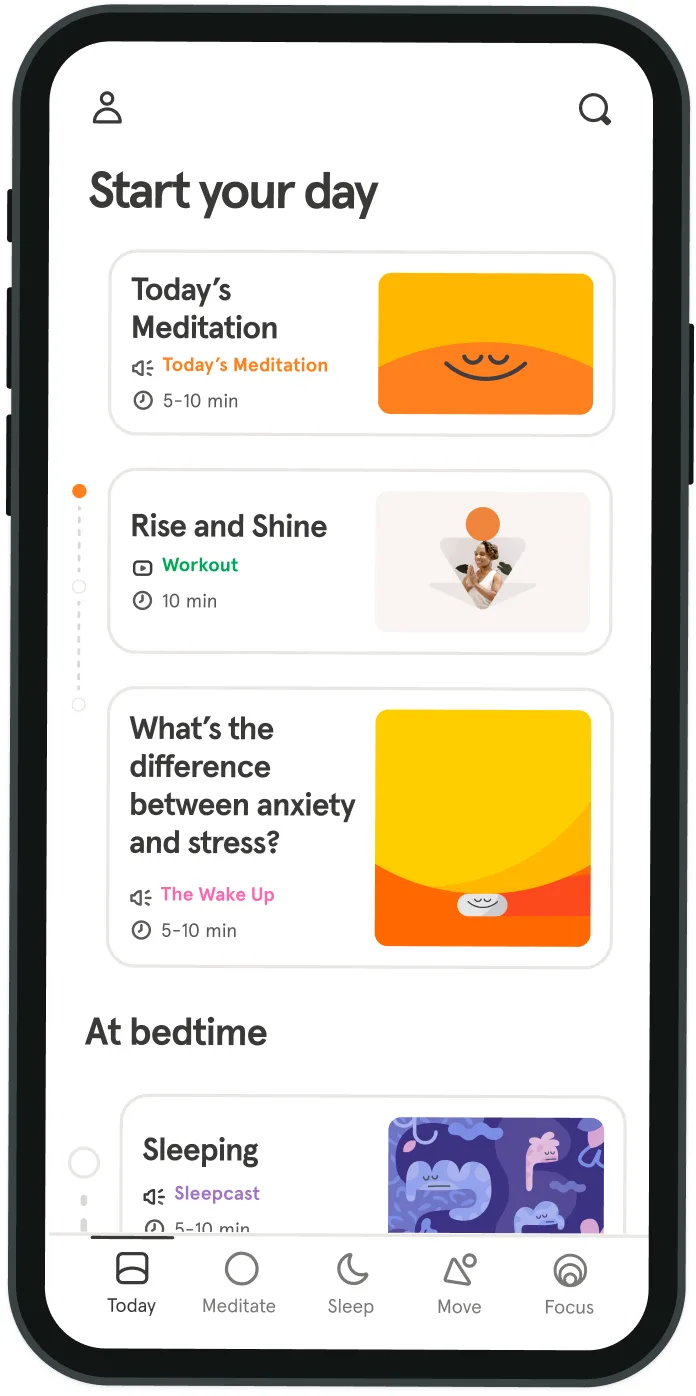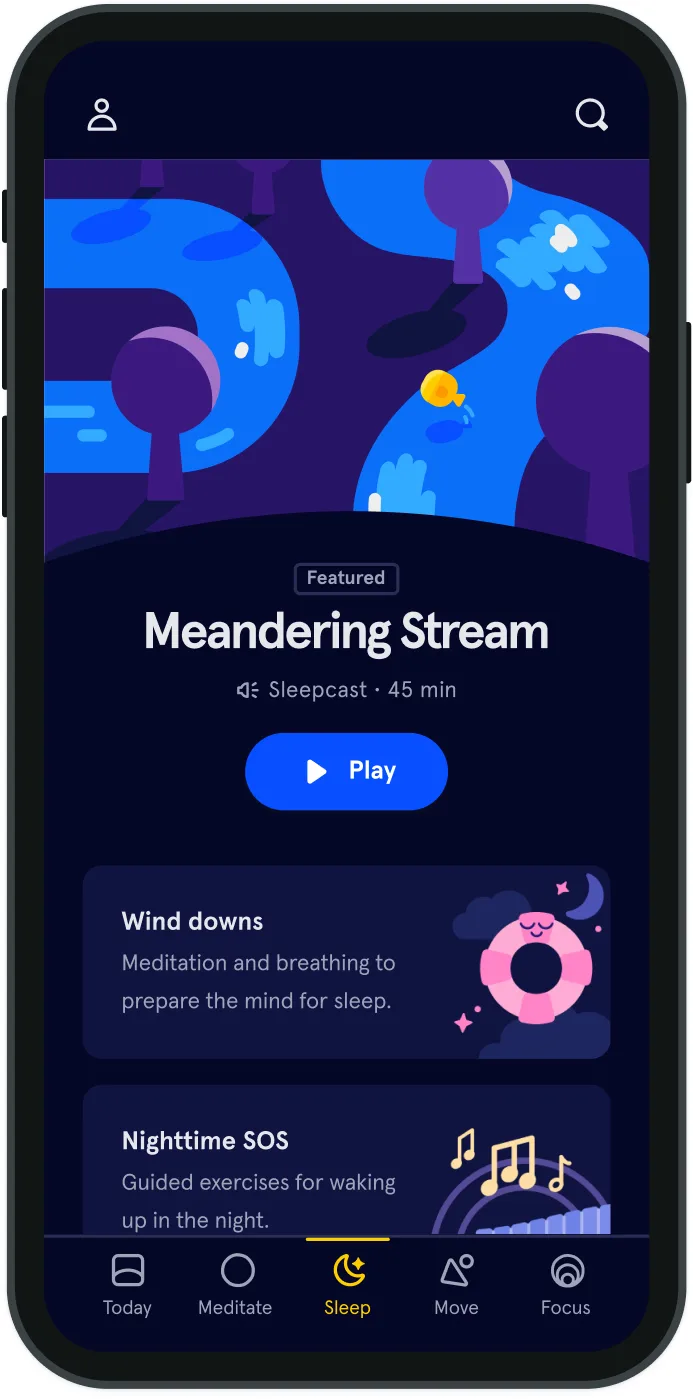A Day With: Trichotillomania
[Editor’s Note: This piece is part of an ongoing series of personal essays on what it’s like to live with a mental health diagnosis. Each piece describes a singular and unique experience. These essays are not meant to be representative of every diagnosis, but to give us a peek into one person's mind so we may be more empathetic to all.]
Growing up, I watched my mother spend almost an hour every day on her hair. She concocted a cocktail of serums and mousses to rub through her hair, then blew it dry, and wrapped chunks around the barrel of a curling iron to create pretty waves. She finished the process by spraying the strands into place. I remember wondering why she didn’t prefer sleeping in to the monotony of hair styling. Now, I wish I had the option.
Every morning I wake up and slip on a wig. I keep a collection of them in my bedroom; they range from chic blonde bobs to androgynous cropped styles that mirror Twiggy’s signature look. Today, I choose a brunette bob—a recent favorite. I replenish my stash of wigs often because I ruin them—I pull out the strands until the wigs look lopsided. Still, this is preferable to pulling out my own hair. Since age 14, I have suffered from an obsessive-compulsive condition called trichotillomania, which involves constant urges to pull out my hair. Sometimes I feel my scalp burning and ripping out a strand creates a sense of relief. Other times I pull hair subconsciously. I have tried using stress balls, wearing rubber gloves, cross-stitching, wearing hats—all to keep my hands away from my head. I’ve not been able to find successful treatment, despite expensive therapy bills. In short, I cannot stop. I imagine my last movement on earth will involve my pulling out a strand of hair. I accept my disorder, but I always feel unattractive, and I often dream about a life in which I have sexy, enviably thick locks.
Right now my best treatment for trichotillomania is wearing a wig. My scalp has massive bald spots from where I concentrate my pulling, and wigs hide these well. Although I also pull these strands from the wigs, I can switch to a new wig when necessary. I cannot switch out my own scalp. Wearing a wig saves time. This morning I spent 45 seconds shimmying it into place and brushing it. I then went into work and when I arrived at my desk, pulled out a lint roller—always my first activity of the work day. I remove any extra wig strands left on my chair from the previous day and settle into the day’s workload. I remember my father handing me the vacuum, saying, “clean it up.” He would find hair everywhere. As the day continues, I keep busy with both hands on the computer. (It helps to have a job that keeps both my hands occupied the majority of the time.) Meetings are difficult to navigate. After lunch, I meet with my superior. Because my anxiety rises in the presence of authority, I pull wig strands out throughout the meeting. I feel embarrassed; it makes me look unprofessional yet I cannot stop. My condition has sadly hindered my upward movement at work—my coworkers know about my condition and that I wear a wig, but the pulling continues to give the impression that I’m disengaged. Supervisors have offered this feedback during every job review, and although I know for certain that I am fully present, my body language suggests otherwise.
When the workday is complete, I return home and rip off my wig. Wearing it can feel heavy and cause my scalp to itch. Next I dress for exercise; I prefer to run alone outside as it spares me from the discomforts of wearing a hat at the gym. Running outdoors suits me because it keeps my hands out of my hair and I feel free to go bald. However, inclement weather means I head to the gym instead. I pull my baseball cap as close to my ears as possible to hide the bald spots. When I arrive in the locker room to cool down after a cardio session, I remove the cap and expose my head. An older woman standing next to me shoots me a sympathetic look. I get this look often—people assume I have cancer. I say nothing because explaining trichotillomania makes those sympathetic faces morph into confused ones. I shrug my shoulders, throw on my cap, and offer her a half smile. Once home, I shower before bed to keep my hair wet until I fall asleep, as wet hair makes the strands too difficult to pull out. I wish I could keep my hair wet all the time. Better yet, I wish I could set my alarm an hour earlier to style my hair, just like my mother. But I don’t. And I never will.



Be kind to your mind
- Access the full library of 500+ meditations on everything from stress, to resilience, to compassion
- Put your mind to bed with sleep sounds, music, and wind-down exercises
- Make mindfulness a part of your daily routine with tension-releasing workouts, relaxing yoga, Focus music playlists, and more
Meditation and mindfulness for any mind, any mood, any goal
- © 2024 Headspace Inc.
- Terms & conditions
- Privacy policy
- Consumer Health Data
- Your privacy choices
- CA Privacy Notice
